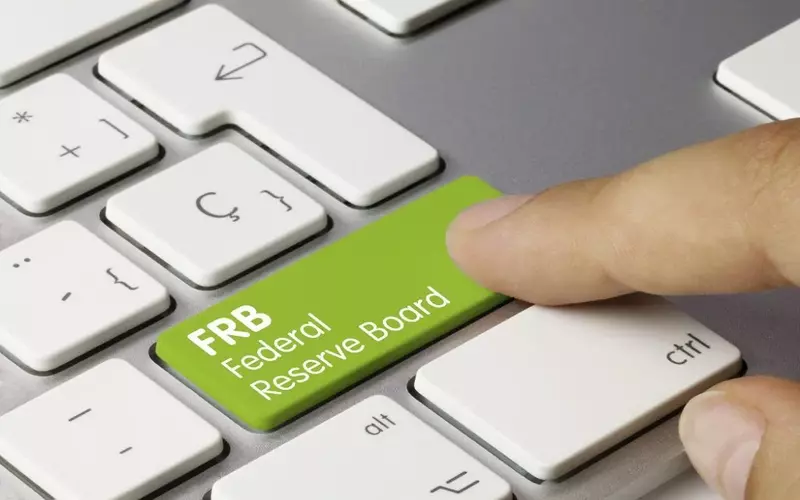What exactly is the Federal Reserve Board?
The Federal Reserve Board (FRB) is in charge of overseeing the Federal Reserve System. The 1935 Banking Act created the FRB. Members must provide a “fair representation of the financial, agricultural, industrial, and commercial interests and geographical divisions of the country.”
Federal Reserve Board Operations
The Federal Reserve Board, or FRB, is a seven-member body that administers the U.S. central bank’s monetary policy.
Senate-confirmed FRB members are federally independent. The FRB chair and other officials routinely testify before Congress on the Fed’s statutory responsibility to maximize employment and stable prices at moderate long-term interest rates. It is constituted like a private firm and makes monetary policy without legislative or executive oversight.
Appointments, Terms, and Roles
The president appoints and the Senate confirms members of the FRB. Each has a single 14-year term but might serve shorter or longer. A new board member fills the remaining period. The new member can be reappointed for one time.
A member can serve for over 14 years if a replacement has not been confirmed. The president can dismiss a board member for good cause. New terms start every two years.6 After appointments, board members work independently.
The president appoints the Federal Reserve Board’s oversight chair and vice chair for four-year periods among its members. They can serve in these leadership capacities as often as their board term limitations allow.
The Board of Governors has many subcommittee chairs and vice chairs. Board affairs, consumer and community affairs, economic and monetary affairs, financial stability, Federal Reserve Bank affairs, supervision and regulation, payments, clearing, and settlement, and a smaller regional and community banking subcommittee
The current Federal Reserve Board membership is:
| Current Federal Reserve Board |
|---|
| Jerome H. Powell (Chair) |
| Philip N. Jefferson (Vice Chair) |
| Michael S. Barr (Vice Chair for Supervision) |
| Michelle W. Bowman |
| Lisa D. Cook |
| Adriana D. Kugler |
| Christopher J. Waller |
Federal Reserve Board duties
The Federal Open Market Committee (FOMC), which sets the federal funds rate, one of the world’s most significant benchmark interest rates, is the Federal Reserve Board’s most important responsibility. The FOMC includes the Federal Reserve Bank of New York president and four rotating branch presidents in addition to the seven governors. FRB chairpersons also chair the FOMC.
The FRB directly manages the discount rate (based on regional branch ideas) and reserve requirements. It oversees the Fed’s 12 regional branches.
Federal Reserve Board Officer Administration
The District of Columbia houses the Board’s main offices. When the chairman is absent, the vice chairman leads board meetings. If the chairman and vice chairman are missing, the board can elect a chairperson pro tempore.
Assessments of Federal Reserve banks fund Board salaries and costs. Board members cannot own ba ank or trust company stock. As part of their service, board members must swear to this.
Interest rates: how does the Fed Board affect them?
Through open market operations, the Fed affects interest rates by buying or selling government assets. The banking system can manage the federal funds rate, which affects short-term interest rates and financial circumstances, by changing its money supply.
Federal Reserve System Structure?
The Federal Reserve System includes the Washington, D.C.-based Board of Governors and 12 regional banks. As operational and financial centers, regional banks complement central banking.
The Federal Reserve and U.S. Treasury Relationship
The Federal Reserve and Treasury are independent yet collaborate on debt management. The Fed buys and holds Treasury securities, which the Treasury issues to fund government activities.
The Federal Reserve Board’s Financial Crisis Response
The Fed provides liquidity to banks and financial markets during financial crises to avert system collapse. Emergency loans and unorthodox monetary policy can stabilize the economy and restore confidence.
Remaining Statement
The Fed, or Federal Reserve Board, is the U.S. central bank. Its main goal is to manage monetary policy for stable prices, economic growth, and full employment. The FRB manipulates the money supply and the economy by altering interest rates and performing open market operations.
Conclusion
- The FRB oversees America’s central bank, the Federal Reserve System.
- The FRB sets interest rates and conducts open market operations as an independent government body.
- There are seven people on the FRB, including a chair that Congress chose from among regional federal reserve banks.











































